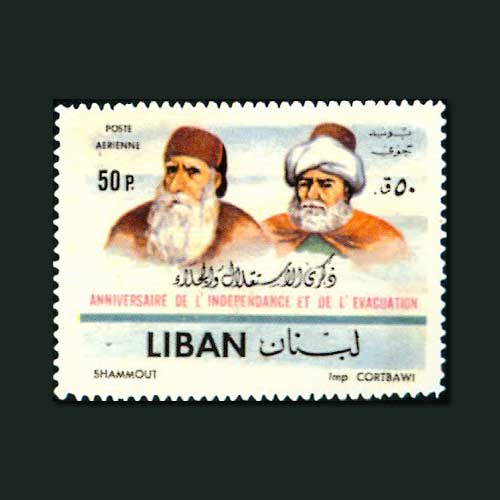Father of Modern Lebanon
2021-08-06 Fri
Fakhr ad-Din II Lebanese ruler (1593–1633) who for the first time united the Druze and Maronite districts of the Lebanon Mountains under his personal rule; he is frequently regarded as the father of modern Lebanon.At the height of his power, his territory extended north to the Tripoli Eyalet, including northern Mount Lebanon, Homs and Latakia, and east to the Beqaa Valley and northern Transjordan. Fakhr al-Din belonged to the Ma'n dynasty, traditional emirs of the Chouf Mountain. He succeeded his father as emir six years after he died in an Ottoman campaign against the Druze.
Under Emir Fakhr al-Din the Christians could raise their heads high. They built churches, rode horses with saddles, wore turbans of fine muslin and belts with precious inlays, and carried jeweled rifles. Missionaries from Europe came and established themselves in Mount Lebanon. This was because his troops were Christians, and his stewards and attendants were Maronites.
For uniting the constituent parts of modern Lebanon, namely the Druze and Maronite Christian mountain districts, the adjacent coast, Jabal Amil, and the Beqaa Valley for the first time in history under a singular authority, he is regarded by the Lebanese people as the founder of the country.
Depicted here is an Air Mail Stamp Issued by the Lebanese Government of 1961, Commemorating Lebanese Independence. It Shows Emirs Fakh ad-Din II (right) and Bashir Chehab II (left).
Image Source: Wikipedia.org
Latest News
-
Ghiyath Shah as Heir Apparent
2025-09-25 ThuGhiyath Shah was the ruler of the Malwa Sultanate, reigning from 1456 to 1500. From 1456 to 1469, he...
-
Malwa Sultan Mahmud Shah Silver Coins
2025-09-11 ThuMalwa Sultan Mahmud Shah minted silver coins in round and square flans. <br><br> For round coins,...
-
Malwa Sultan Mahmud Shah Billon coin
2025-08-26 TueMalwa Sultan Mahmud Shah's billon coins followed three weight standards: 100 rati, 96 rati, and 80 r...
-
Fascinating Archaeological Facts on Postage Stamps - 91
2025-08-23 SatRhinoceros is one of the oldest land mammal species existing in India. There are five species of rhi...
-
Fascinating Archaeological Facts on Postage Stamps - 90
2025-08-23 SatUthiramerur, a Village in Kanchipuram, Tamil Nadu, is notable for its Temple inscriptions that descr...

